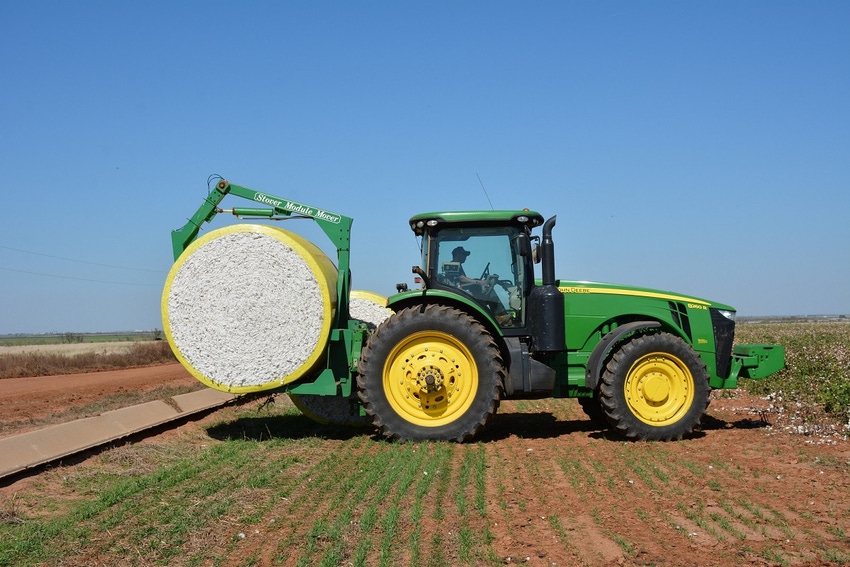
The U.S. cotton industry has the well-deserved reputation as one of the world’s top producers of high quality cotton, with a low percentage of contaminated cotton bales — and It’s important to maintain that reputation, says Bill Norman, vice president of technical services for the National Cotton Council (NCC).
Speaking at the annual Cotton Consultants Conference at the opening day of the Beltwide Cotton Conferences in Dallas, he said mills expect U.S. cotton to be clean. “When a mill opens a bale of U.S. cotton and finds contamination, it is a problem they were not expecting.”
Contaminants consist mostly of plastic — running the gamut from shopping bags, mulch, and twine, to module and bale wraps. “We have to understand the issues with contaminants and raw cotton,” Norman says.
The financial penalty for contaminated cotton can be significant — hundreds of millions of dollars in losses. It’s especially troublesome when the contamination is not discovered until the finished product is inspected at the mill. Current technology, Norman says, allows the industry to backtrack contamination from a shirt or other product to the source.
He showed illustrations of plastic bits embedded in cloth, and said those contaminants could be traced back to the bale. “Contaminated cotton could result in lost contracts, lost business, and lost confidence,” he says.
BALE PLACEMENT IMPORTANT
The recent increase in round bales covered with yellow plastic wrap has resulted in increased incidences of yellow contaminants in raw cotton, Norman says.
“We’re now finding primarily yellow plastic, so it’s important for a producer to be aware of where they place bales in the field.” Dropping them in the middle of the field, instead at the edge, allows cotton stalks to penetrate the wrap and leave small amounts of plastic in the bale, he says. Plastic wrap also may contaminate cotton at the gin.
Also discovered in cotton bales is black plastic — remnants of plastic mulch used in vegetable production on fields later planted to cotton.
The industry needs to be more aware of potential for contamination, Norman says. “We need to educate producers to keep the fields clean.”
He encouraged consultants at the conference to be aware of production issues and help to educate producers about the potential for damaging the reputation of U.S. cotton, as well as economic losses.
About the Author(s)
You May Also Like






